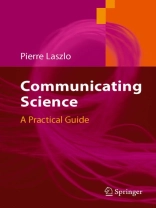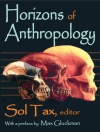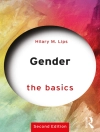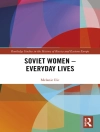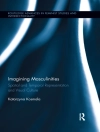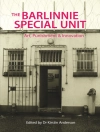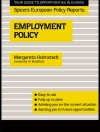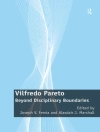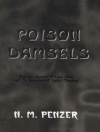Have you new and interesting, or even outstanding, scientific results that you want to be recognized by your scientific colleagues, or be understood by the public? Or do you want to address decision makers to change their minds? Then, Laszlo’s Communicating Science may be the book to consult.
It has two main parts, corresponding to the type of communication task at hand: addressing peers and the general public, plus a third briefer section on how to inform decision-makers.
Each of the main parts is subdivided into two sections, Guidelines and Genres, with entries arranged in alphabetical order. The guidelines are devoted to entries such as acronyms, active or passive voice, body language, figures and captions, introduction, irony, and taking the floor. Within genres, all possible media of communicating science are treated, e.g. the after-dinner speech, conference presentation, keynote lecture, magazine article, research proposal, and teleconference.
Laszlo, a professional scientist, had a career embracing both academia and industrial consulting. He has extensive experience in authoring and editing papers, books and popular science books and conveys his skills as a communicator in this concise guide. The book is geared to engineers and scientists, educators and journalists, science administrators and the medical profession, editors and publishers, whether native or non-native-speakers – in short to anyone having to convert scientific data into an easily intelligible and interesting narrative.
قائمة المحتويات
Part I – Addressing Peers. Guidelines: Abstract, Acknowledgements, Acronyms, Active or Passive Voice? Bibliography, Body language, Conclusion, Electronic publishing, E-mailing, Erudition, Figures and captions, Free access to literature, Ideographic or nomothetic? Illustration, Index, Introduction, I or We? Irony, Neologisms and eponymy, Notes, Open access, Opening paragraph, Organizing your material, Paragraph, Scholarship, Sentences, Signers, Speech delivery, Sub-titles, Taking the floor, Title, Understatement, Verbs, Visuals (for a lecture), Vocabulary, Wit.- Genres: After-dinner speech, Book chapter, Book proposal, Conference presentation, Correcting proofs, E-mail, Editing, Editing a book, Editing a magazine, Editing for a journal, Editing a journal, Editorial Informal discussion, Internet, Keynote lecture, Lecture , Lecture series, Letter for publication, Magazine article, Monograph, Obituary, Panel, roundtable discussion, Phone call, Poster, Presentation to a visitor, Progress report, Recommendation letter, Referee report, Research proposal, Research talk, Review article, Seminar, Slides & transparencies, State-of-the-art review, Teleconference, Visuals (for a lecture), Website, Writing a book review
Part II – The General Public
Guidelines.- Genres
Part III- Decision Makers
Genres
